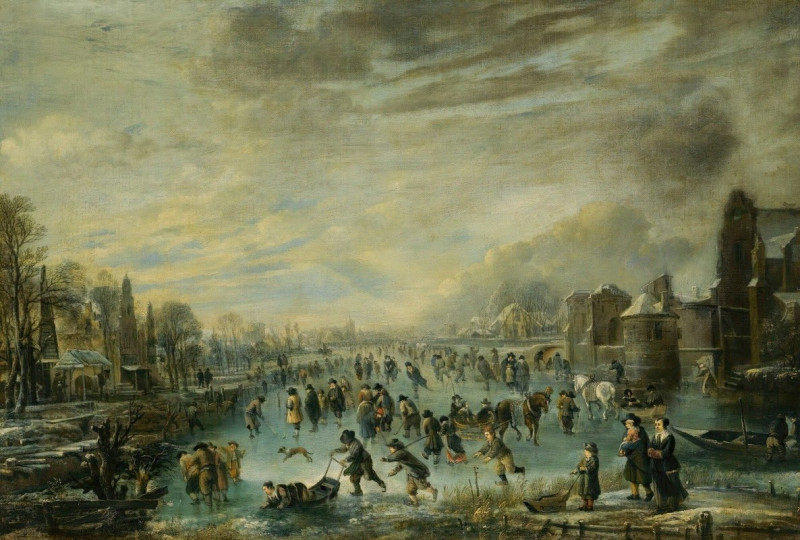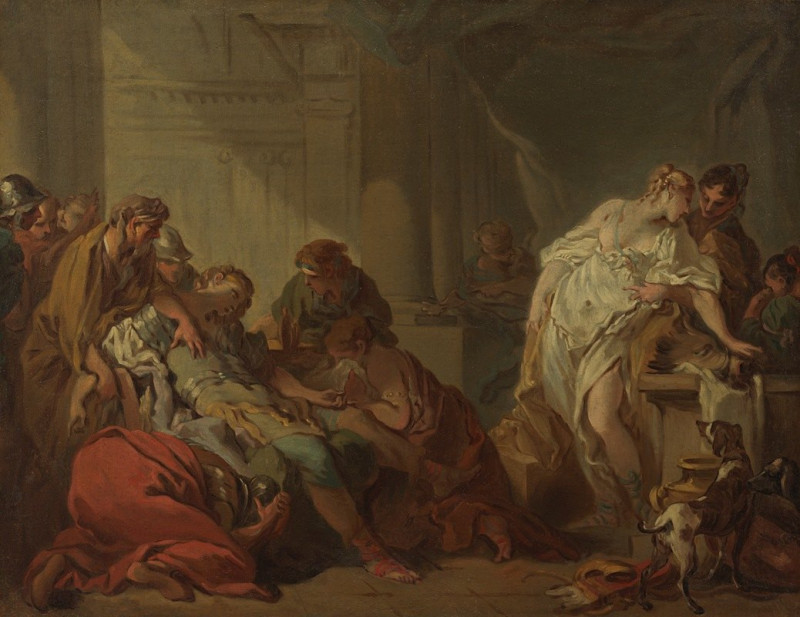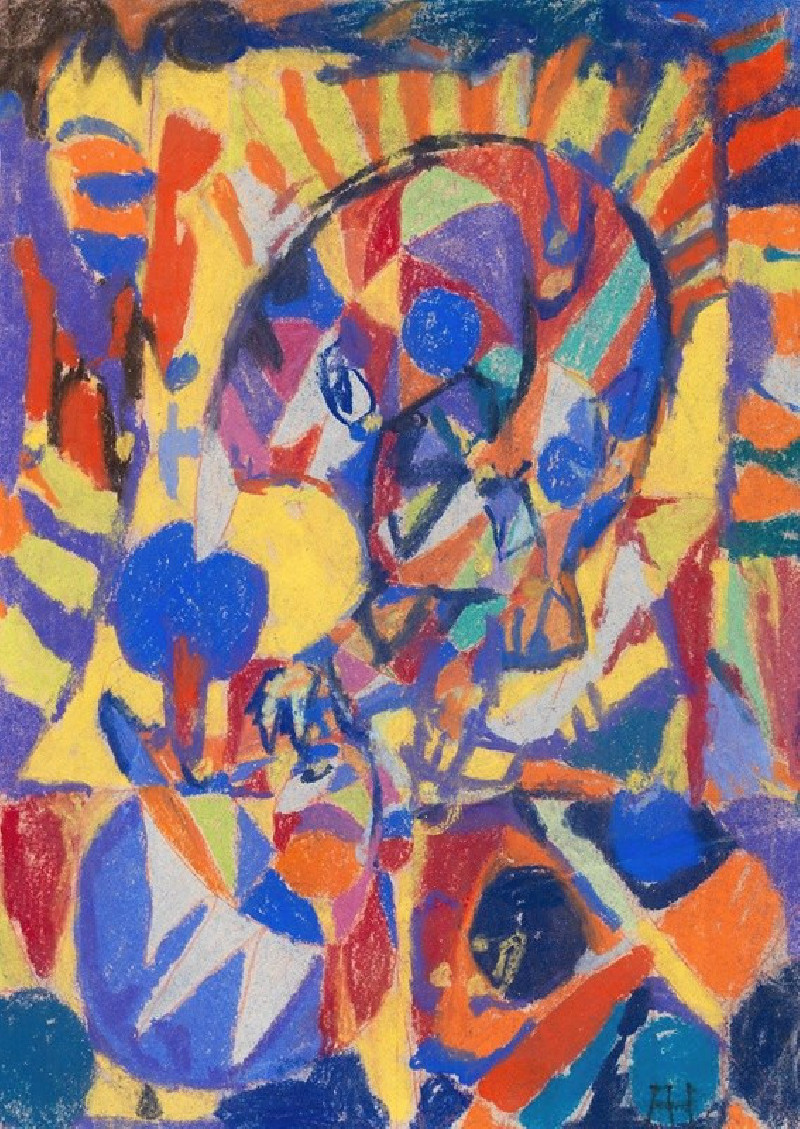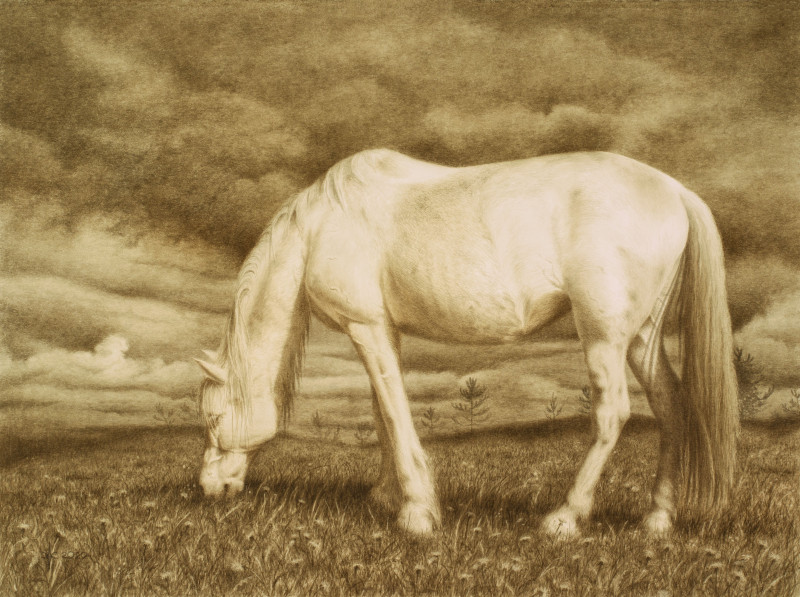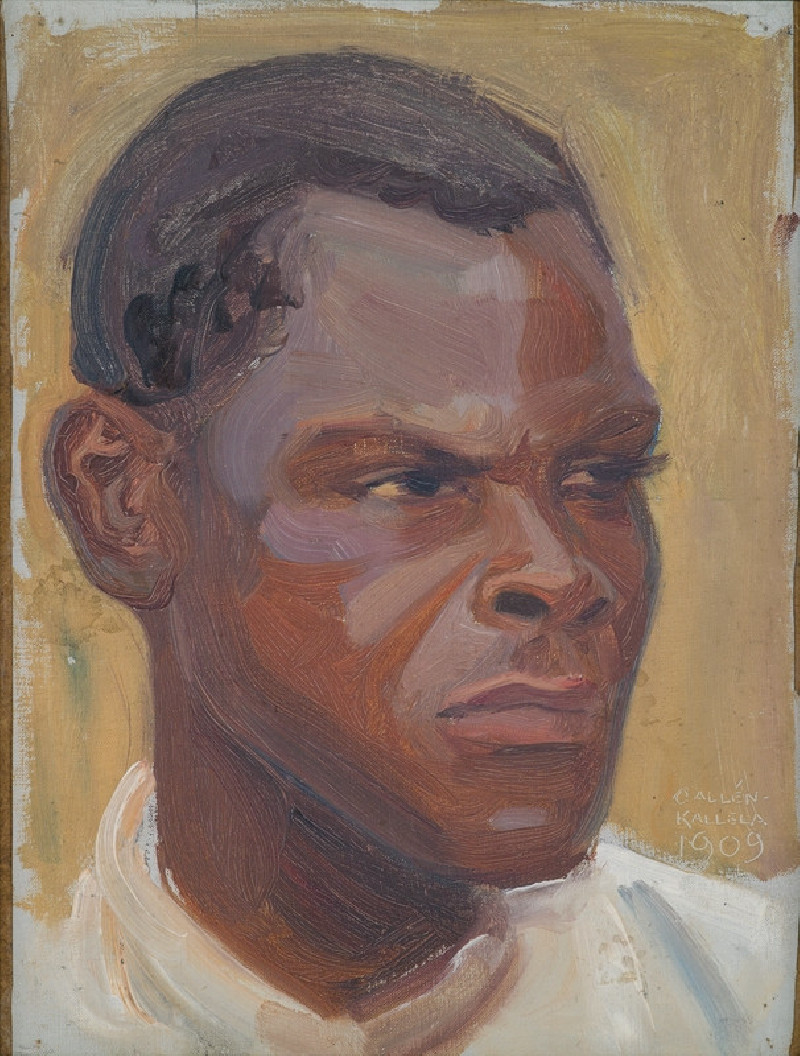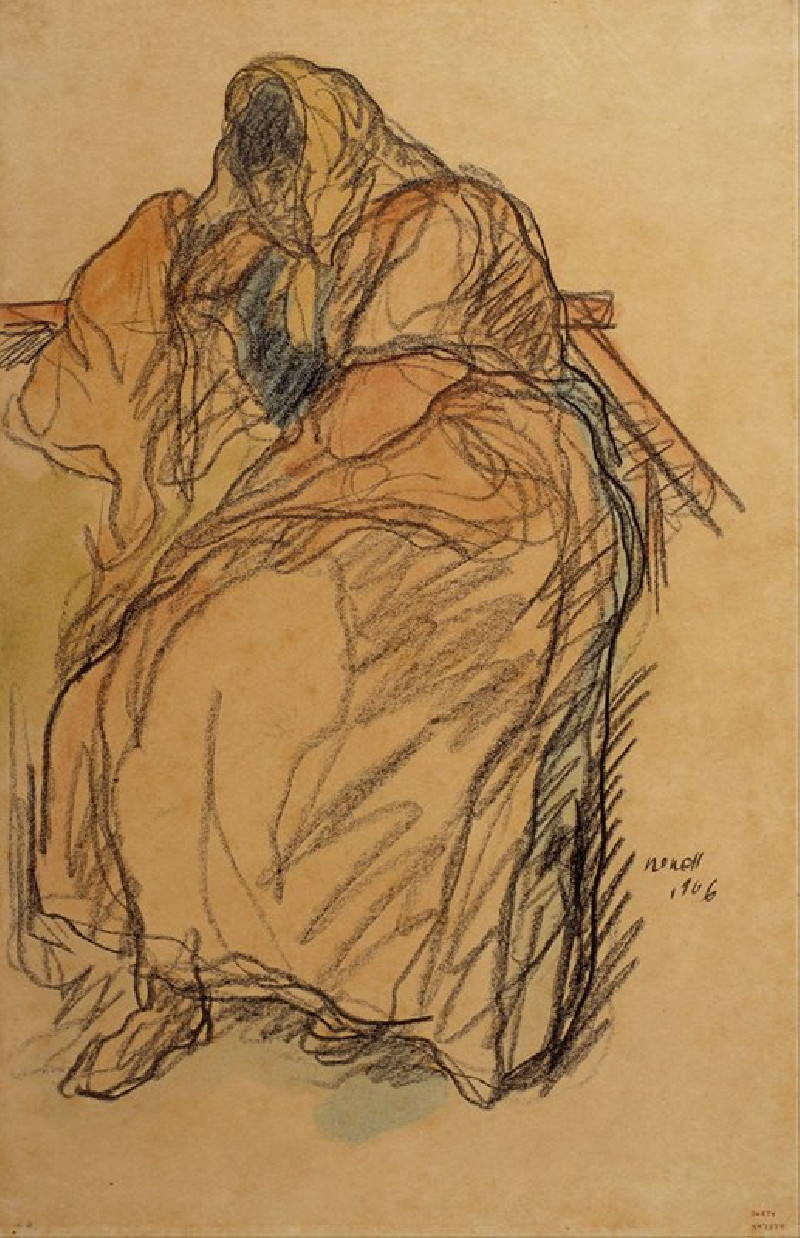Ohne Titel (sitzende Frau) (ca. 1930)
Technique: Giclée quality print
Recommended by our customers
More about this artwork
Exploring the depths of introspection and the subtle intrigue of the mundane, Karl Wiener's "Ohne Titel (sitzende Frau)" (ca. 1930) stands as a compelling piece within his oeuvre. The painting portrays a seated woman, lost in thought, holding what appears to be a small, round object in her hands—perhaps a fruit or a small stone. The setting is minimalistic, directing focus entirely onto the subject.The woman is dressed in a warm, salmon-colored dress, which contrasts soothingly against the dark, blue-grey background. Her attire is complemented by a multi-colored, striped scarf that adds a touch of vibrancy to the serene composition. Wiener employs muted yet warm tones that suggest a quiet, reflective mood. The subject's pose and the contemplative expression on her face invite viewers to ponder what thoughts may be coursing through her mind.The simplicity of the composition and the soothing palette lend the painting a timeless quality, while the expressionistic style of Wiener's brushwork endows the piece with a sense of immediacy and emotional depth.
Delivery
Reproductions are made to order and take 5 to 7 working days.
We send them out by courier and delivery takes another two working days.
If you need a reproduction sooner, please contact us - we can usually find a solution and produce it a little faster.
If you don't want to pay for postage, you can pick up your paintings at our galleries in Kaunas or Vilnius.
Returns
Yes, reproductions can be returned.
If you have any doubts more than 30 days after the date of purchase, please contact us - we will take the reproduction back for a refund or offer you a replacement!
We accept a maximum of two returns per customer - please note that we make reproductions to order, so please choose responsibly.
We do not refund shipping expenses.

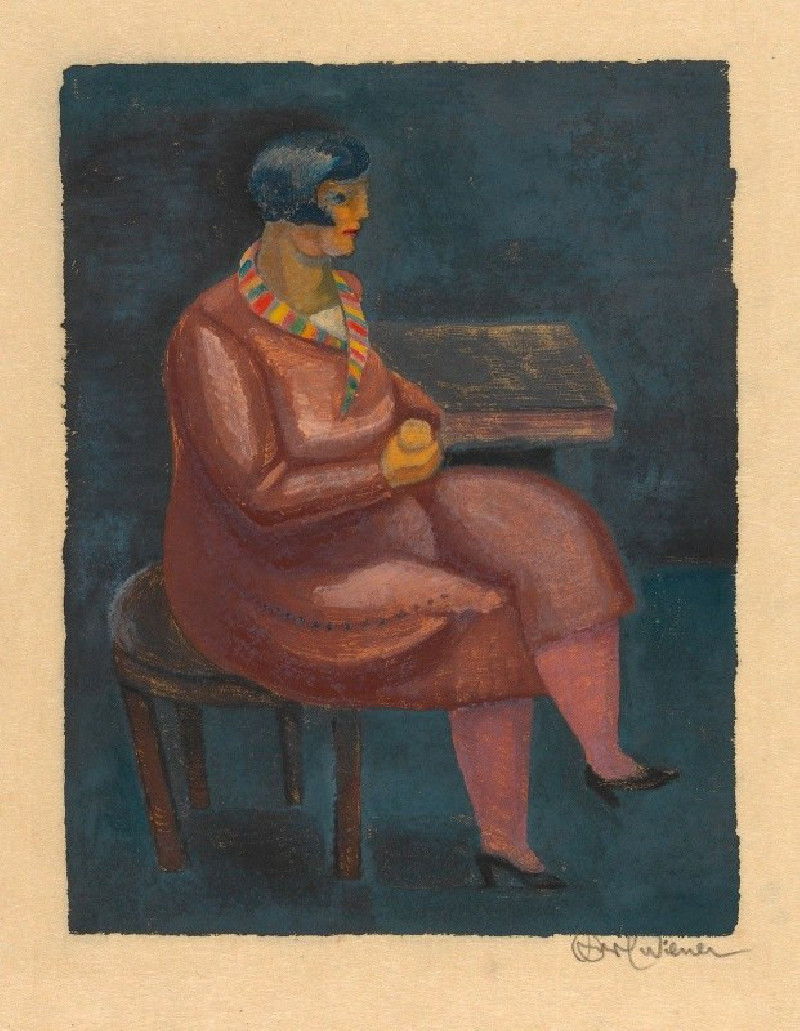






























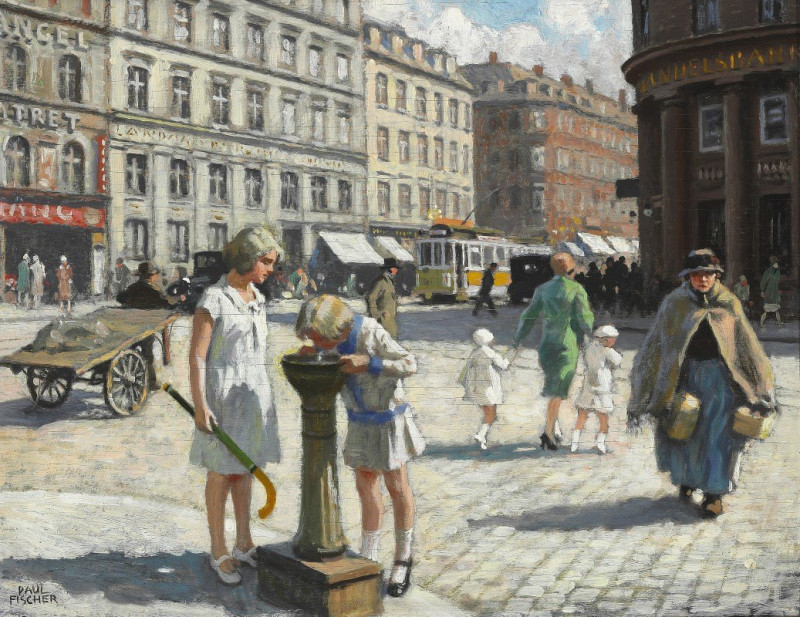

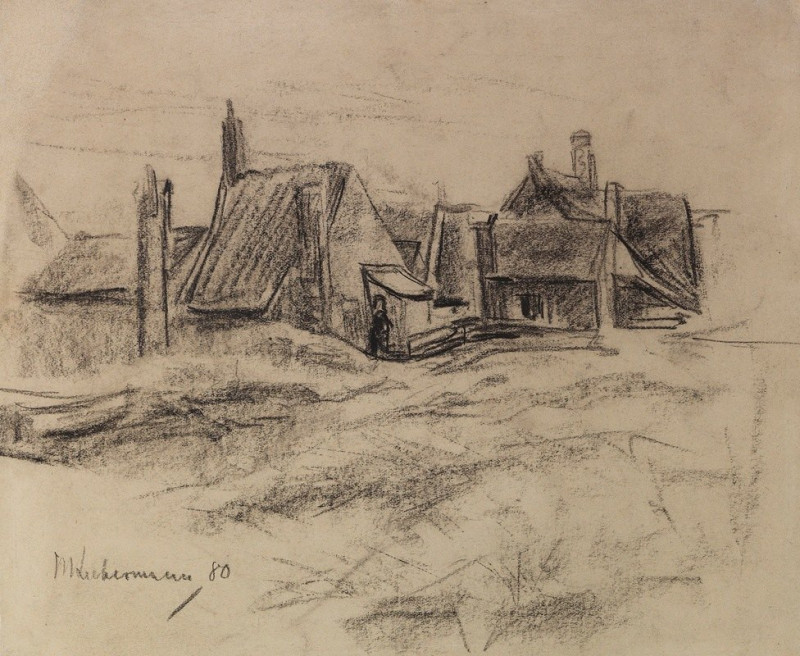
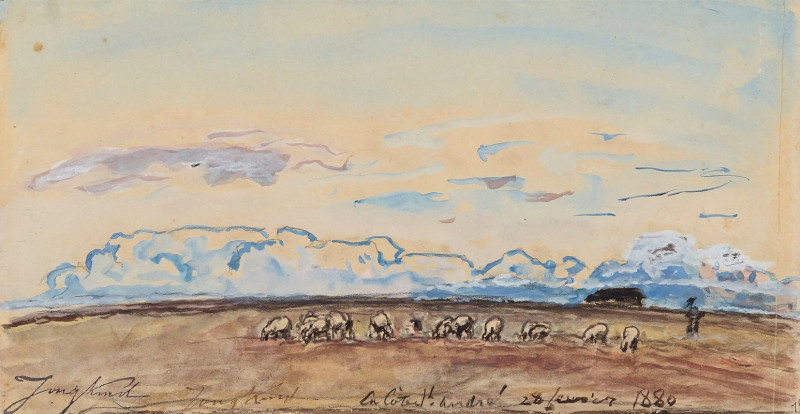
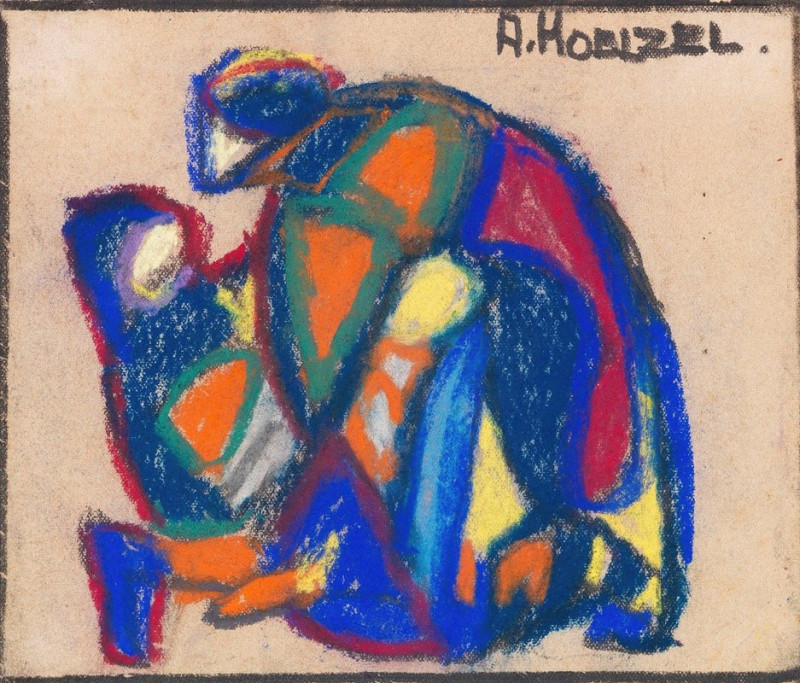
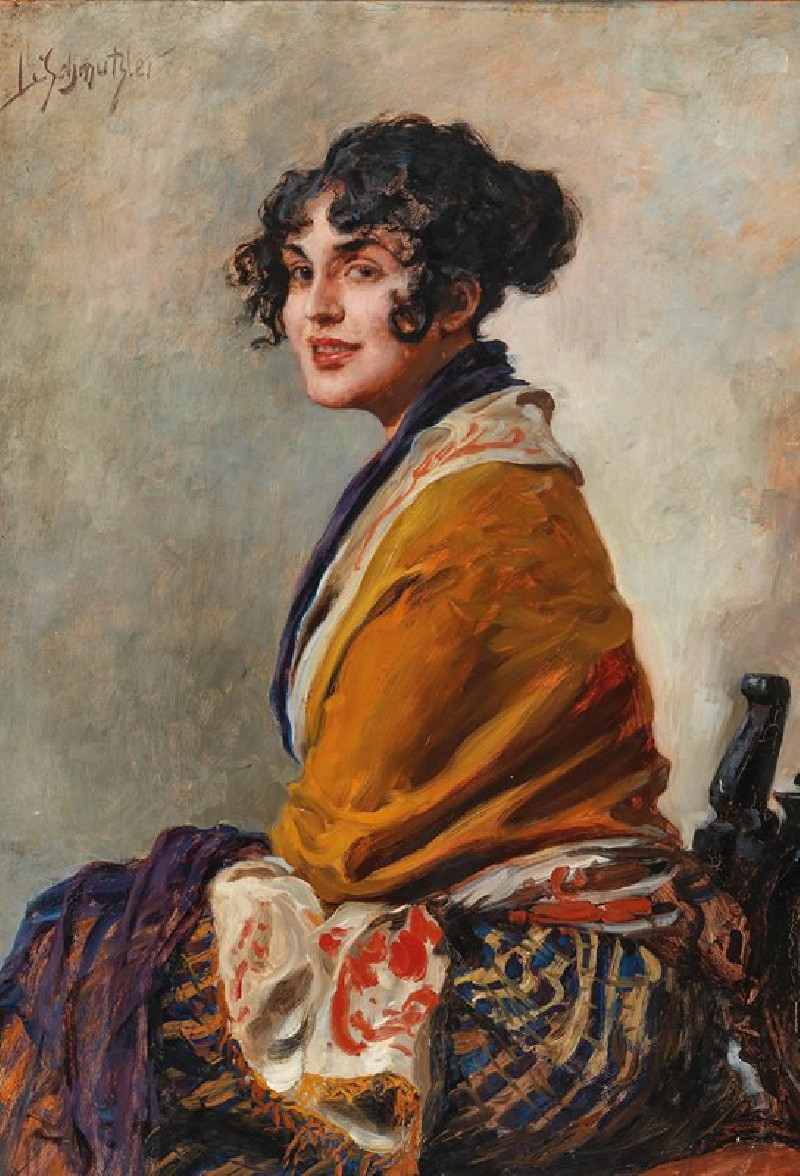
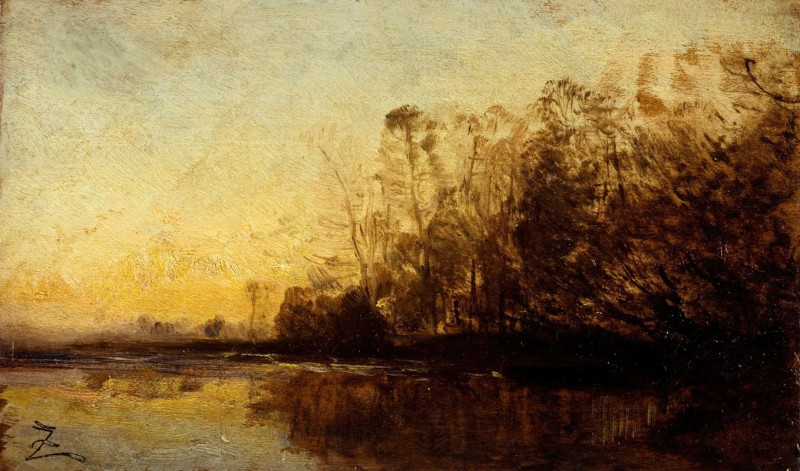
![Front elevation of the Great Temple of Aboosimble [sic]. Nubia.(Frontispiece, vol. 2) (1846-1849) reproduction of painting by...](https://reprodukcijos.lt/39233-large_default/reproduction-of-front-elevation-of-the-great-temple-of-aboosimble-sic-nubiafrontispiece-vol-2-1846-1849.jpg)

